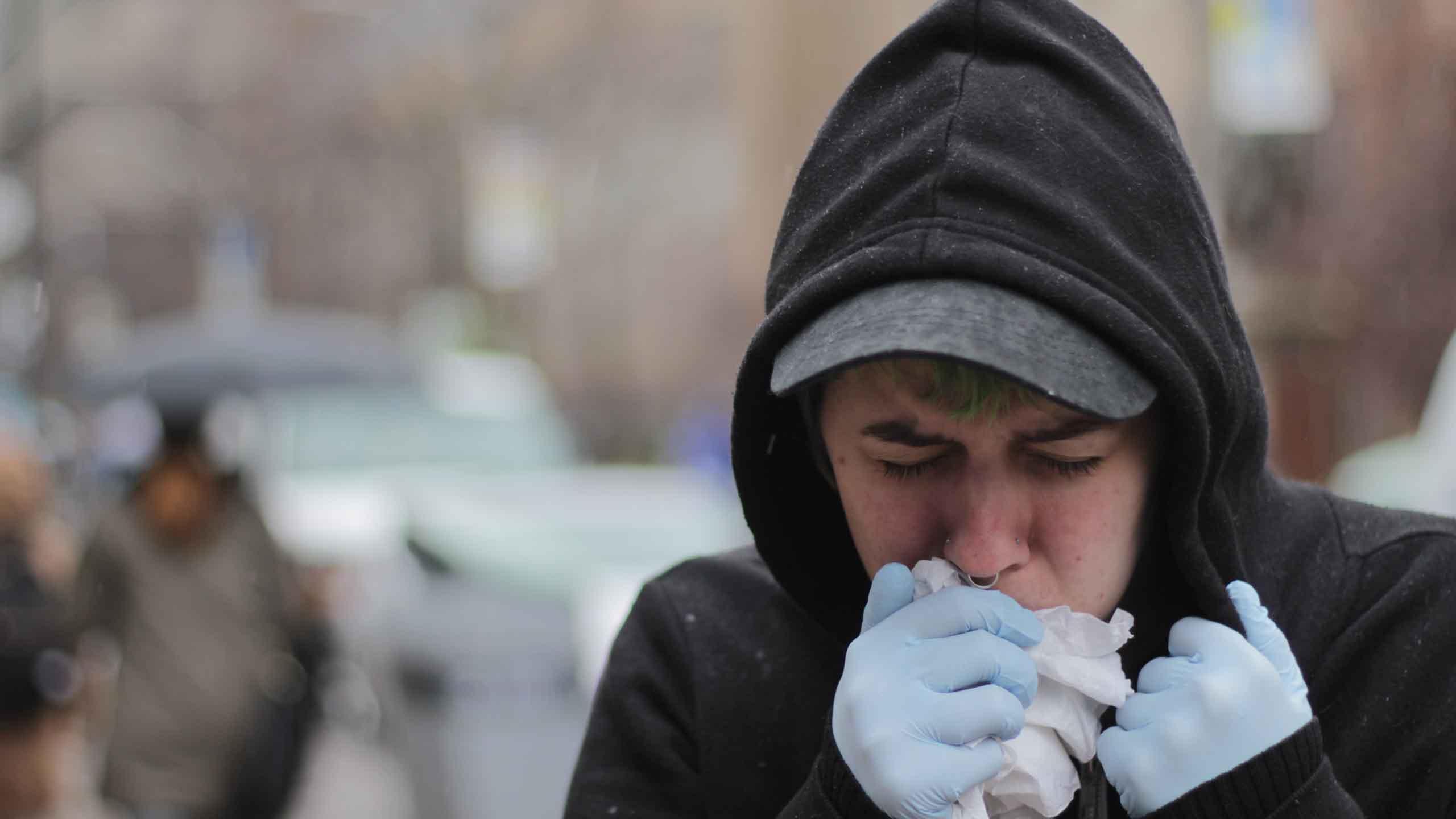By Nikhil Sharma
With four confirmed cases of mumps on campus, the question has been raised about what steps Ryerson is taking in the event of a public health emergency. The university hasn’t had to seriously consider it since the creation of the Flu Pandemic Plan, which was approved by the Board of Governors in 2008 following the emergence of the H5N1 influenza virus. It was last updated in 2009.
Security and Emergency Services will convene with the university’s Public Health Threat Management Group to address external and internal reports of concerns relating to public health, including potential exposure to infectious agents in water and food.
An influenza pandemic or large scale infectious disease outbreak are considered to be public emergencies according to Toronto Public Health (TPH).
The plan states that Ryerson will be as proactive and transparent as possible in communicating information to students, staff and faculty about outbreaks on campus. An executive group is responsible for initiating the plan, while the chief communications officer is responsible for informing the Ryerson community about an emerging virus or illness.
“Protection of students [was] the first priority,” said Tim Sly, a professor in Ryerson’s School of Occupational and Public Health who was part of the planning group behind Ryerson’s Flu Pandemic Plan.
If an outbreak were severe enough, a decision to partially or completely close the university would be made by the executive group, which includes Ryerson’s president’s office. The decision on how to deal with a public health emergency is based on whether the conditions threaten the health, safety and security of the community. Serious precautions were taken during the spring of 2003, when the Severe Acute Respiratory Syndrome (SARS) outbreak became a topic of concern in Canada.
Professor emeritus from the School of Occupational and Public Health, Marilyn Lee, still remembers the impact the deadly virus had on campus life.
Detecting how SARS spread was difficult during the early stages of the outbreak because symptoms—including fever, sore throat, headache and dry cough—were easily confused with pneumonia, Lee said. Hospitals were unprepared for SARS and many healthcare workers became ill as a result.
“We really didn’t know how to react when one of our students was exposed,” Lee said. Forty-four people—including Ryerson nursing graduate, Tecla Lin—died from SARS in Toronto in 2003, with a total of 438 people being diagnosed as probable cases. Lin was exposed to the virus while caring for patients at North York General Hospital. Of the 44 deaths, healthcare workers accounted for 43 per cent of them.
During the SARS outbreak, Ryerson cancelled all nursing classes and hospital placements for two weeks after hospital quarantines were issued. An email was sent out to students, staff, and faculty notifying them that seven nursing students had been put under a 10-day quarantine due to risk of exposure.
When another continuing education student reported symptoms, TPH quarantined the student’s entire class.
“One of my own students came in to see me using the subway while in the early stages of the SARS, but before she was diagnosed,” Sly said. That class was also quarantined for 10 days, along with the instructor and another staff member.
As the number of cases grew, area hospitals began to notify Ryerson when a case of SARS was diagnosed so the university could work on furthering preventative measures.
Sly said the pandemic plan was informed by Canada’s reaction to SARS after it became clear that municipal and institutional responses to a rapidly spreading viral infection were neither ready nor efficient. The decision to shut down Ryerson in the case of a health emergency always depends on the characteristics of the illness and how contagious it is.
More recently, on March 17, Ryerson students received an email about a TPH investigation regarding the mumps outbreak in the city. As of April 3, there were 66 confirmed cases across Toronto, with most cases occurring among 18-35-year-old individuals.
Mumps is a viral infection that can be spread through coughing, sneezing or kissing. In extreme cases, it can lead to meningitis.
In the event of a full pandemic, for students unable to travel back home, residence on campus would stay operational to provide housing for those who need it.
Since Toronto is seen as a hotspot for a highly contagious disease due to its high population, vulnerable age group and crowded spaces, those looking to get out of the city may run into issues entering other communities, Sly said. Overseas students would be even more dependent on emergency accommodation.
Sly said that Ryerson’s pandemic plan is better than most because the university has several epidemiologists on staff, including himself, who track current global emerging diseases and trends—like last year’s emergence of Ebola cases, which sent the world into panic.
TPH has recommended that people under 40 get re-vaccinated for mumps. The Health Promotion Unit and the Medical Centre collaborates with the Daphne Cockwell School of Nursing to provide a flu clinic program to the Ryerson community.










Leave a Reply